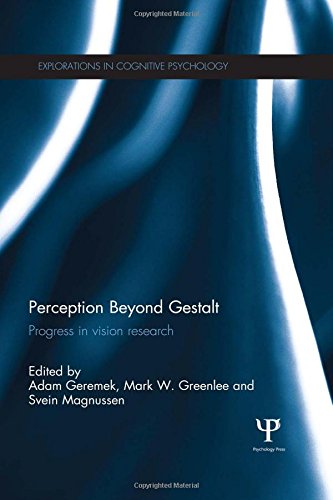

Most ebook files are in PDF format, so you can easily read them using various software such as Foxit Reader or directly on the Google Chrome browser.
Some ebook files are released by publishers in other formats such as .awz, .mobi, .epub, .fb2, etc. You may need to install specific software to read these formats on mobile/PC, such as Calibre.
Please read the tutorial at this link: https://ebookbell.com/faq
We offer FREE conversion to the popular formats you request; however, this may take some time. Therefore, right after payment, please email us, and we will try to provide the service as quickly as possible.
For some exceptional file formats or broken links (if any), please refrain from opening any disputes. Instead, email us first, and we will try to assist within a maximum of 6 hours.
EbookBell Team

0.0
0 reviewsHow does the brain piece together the information required to achieve object recognition, figure-ground segmentation, object completion in cases of partial occlusion and related perceptual phenomena?
This book focuses on principles of Gestalt psychology and the key issues which surround them, providing an up-to-date survey of the most interesting and highly debated topics in visual neuroscience, perception and object recognition.
The volume is divided into three main parts: Gestalt and perceptual organisation, attention aftereffects and illusions, and color vision and art perception. Themes covered in the book include:
- a historical review of Gestalt theory and its relevance in modern-day neuroscience
- the relationship between perceptive and receptive fields
- a critical analysis of spatiotemporal unity of perception
- the role of Gestalt principles in perceptual organization
- self-organizing properties of the visual field
- the role of attention and perceptual grouping in forming non-retinotopic representations
- figural distortions following adaptation to spatial patterns
- illusory changes of brightness in spatial patterns
- the function of motion illusions as a tool to study Gestalt principles in vision
- conflicting theories of color vision and the neural basis of it
- the role of color in figure-ground segmentation
- chromatic assimilation in visual art and perception
- the phenomena of colored shadows.
Including contributions from experts in the field, this book will provide an essential overview of current research and theory on visual perception and Gestalt. It will be key reading for researchers and academics in the field of visual perception and neuroscience.